Semaphore in Java
Complete Guide with Custom Implementation
Introduction
In multithreading, a Semaphore is used to control access to a shared resource by multiple threads.
It acts as a counter representing the number of permits available.
A Semaphore is part of the java.util.concurrent package.
It can be used for controlling concurrency in cases where a resource has a limited number of slots.
Key Points:
- Semaphores maintain a set of permits.
- Threads acquire permits before accessing a resource and release them afterward.
- Semaphores can be binary (only 1 permit) or counting (multiple permits).
- Used for controlling access to limited resources such as database connections.
How Semaphore Works
- A thread calls acquire() to get a permit.
- If permits are available, the thread continues; otherwise, it waits.
- After finishing work, the thread calls release() to return the permit.
Syntax:
Semaphore semaphore = new Semaphore(int permits);
Here:
- permits = maximum number of permits available.
Example: Using Semaphore
Let’s create a scenario where three threads access a shared resource with only two permits.
Code:
import java.util.concurrent.Semaphore;
public class SemaphoreExample {
public static void main(String[] args) {
Semaphore semaphore = new Semaphore(2); // 2 permits
Runnable task = () -> {
try {
System.out.println(Thread.currentThread().getName() + " is waiting for a permit.");
semaphore.acquire();
System.out.println(Thread.currentThread().getName() + " acquired a permit.");
Thread.sleep(2000); // simulate resource usage
System.out.println(Thread.currentThread().getName() + " releasing permit.");
semaphore.release();
} catch (InterruptedException e) {
e.printStackTrace();
}
};
for (int i = 0; i < 5; i++) {
new Thread(task).start();
}
}
}
Expected Output:
Thread-0 is waiting for a permit.
Thread-0 acquired a permit.
Thread-1 is waiting for a permit.
Thread-1 acquired a permit.
Thread-2 is waiting for a permit.
Thread-3 is waiting for a permit.
Thread-4 is waiting for a permit.
Thread-0 releasing permit.
Thread-2 acquired a permit.
Thread-1 releasing permit.
Thread-3 acquired a permit.
...
Key Methods in Semaphore
| Method | Description |
|---|---|
| acquire() | Acquires a permit (blocks if none available) |
| release() | Releases a permit |
| availablePermits() | Returns the number of available permits |
| tryAcquire() | Attempts to acquire a permit without blocking |
Advantages of CustomSemaphore
- Helps understand concurrency control and permits logic.
- Useful for learning how to manage resource access manually.
- Simple, flexible for custom needs.
Disadvantages
- More prone to errors compared to Java’s built-in Semaphore.
- No advanced features like fairness and interruption handling.
- Needs careful design to avoid deadlocks.
Real-World Use Case
CustomSemaphore can be useful for:
- Limiting access to resources like database connections or API calls.
- Controlling concurrency in thread pools.
- Traffic shaping in networked applications.
The custom implementation of semaphore use the below link:
Custom implementation of Semaphore
Conclusion
Semaphore is a powerful tool for controlling access to resources.
The custom implementation of Semaphore provides insight into low-level concurrency control, teaching how permits and synchronization work.
For production-grade applications, always use Java’s built-in Semaphore because it handles edge cases, fairness, and interruption effectively.
But building a custom version deepens understanding of concurrency principles.
 (42).png)
 (17).png)
.png)
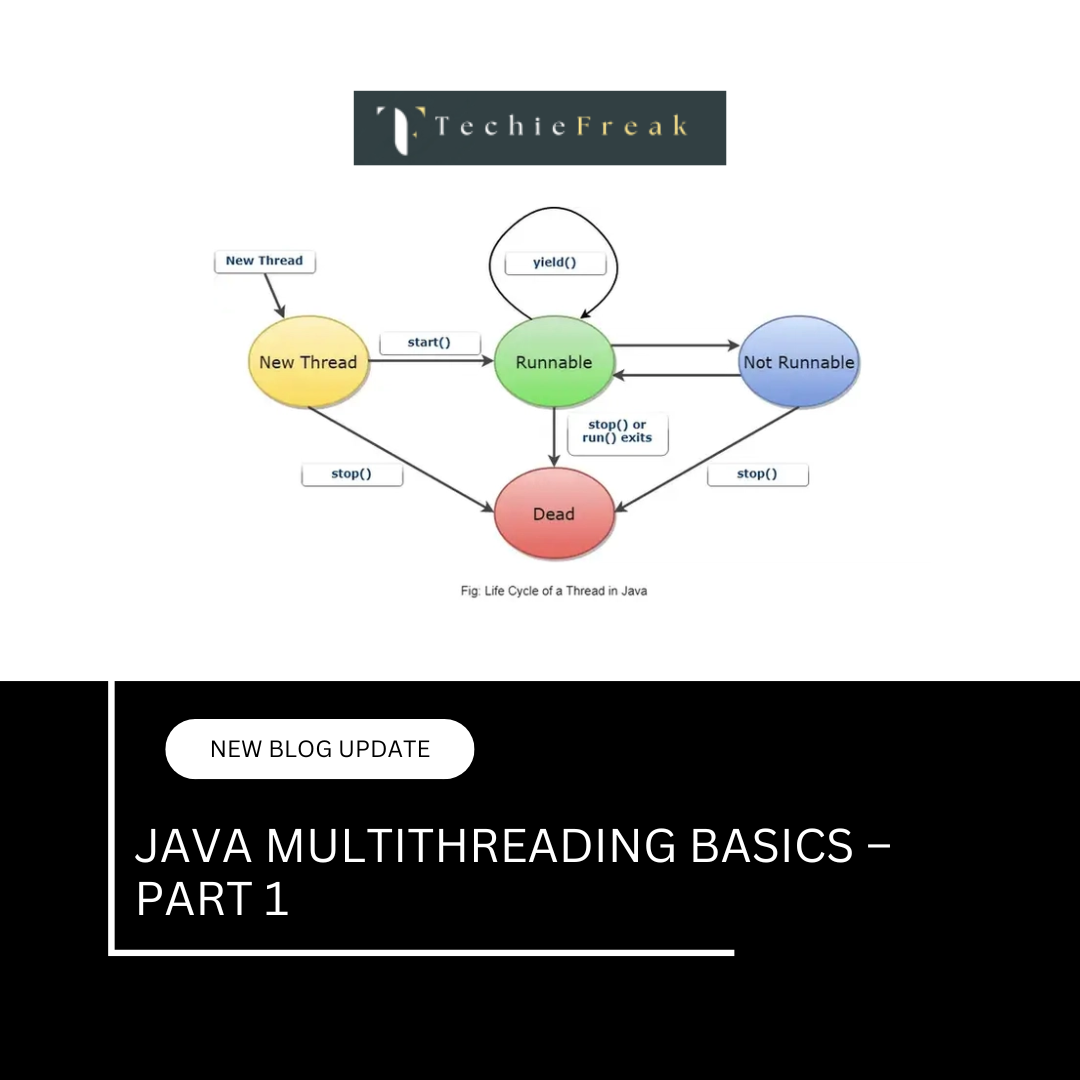
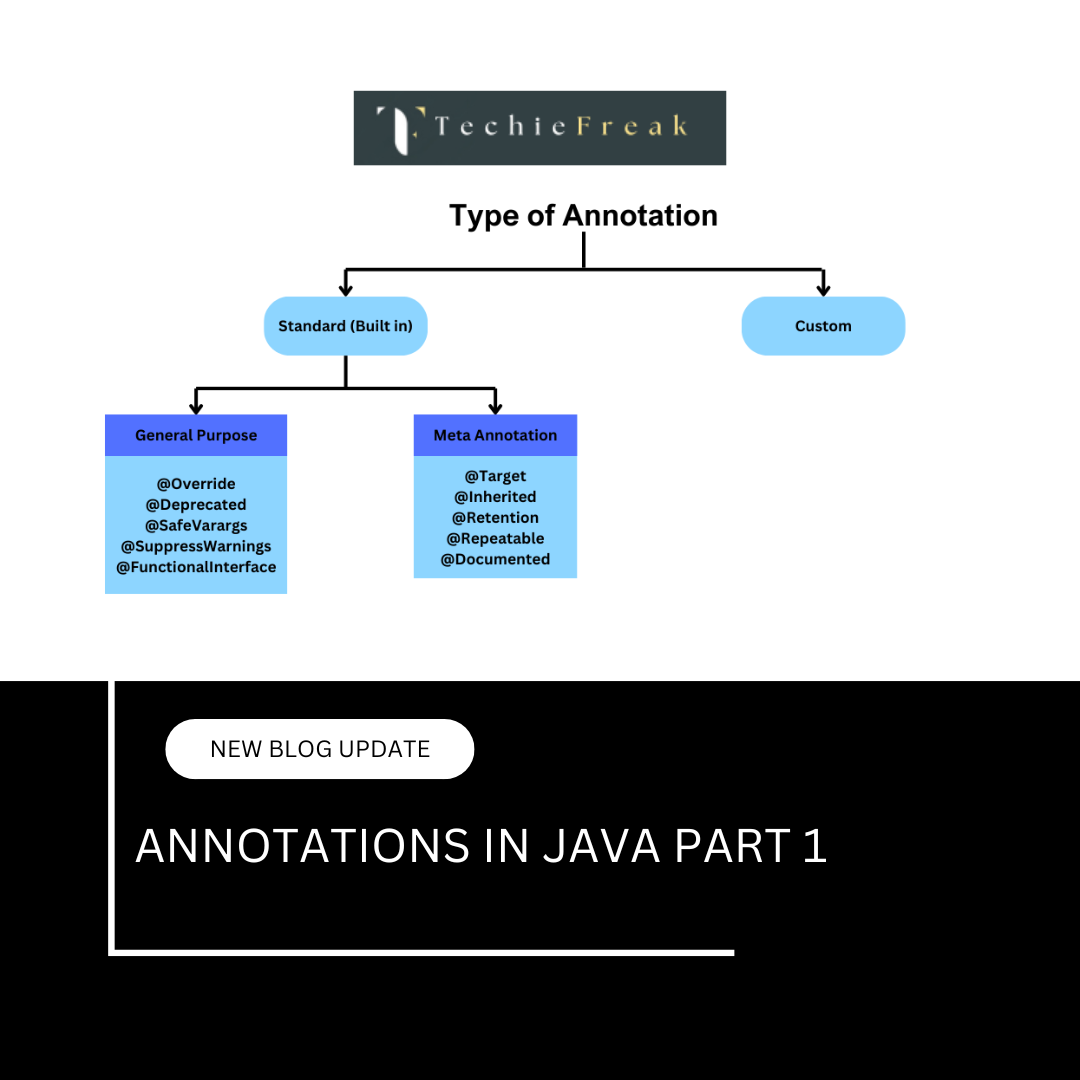
 (18).png)
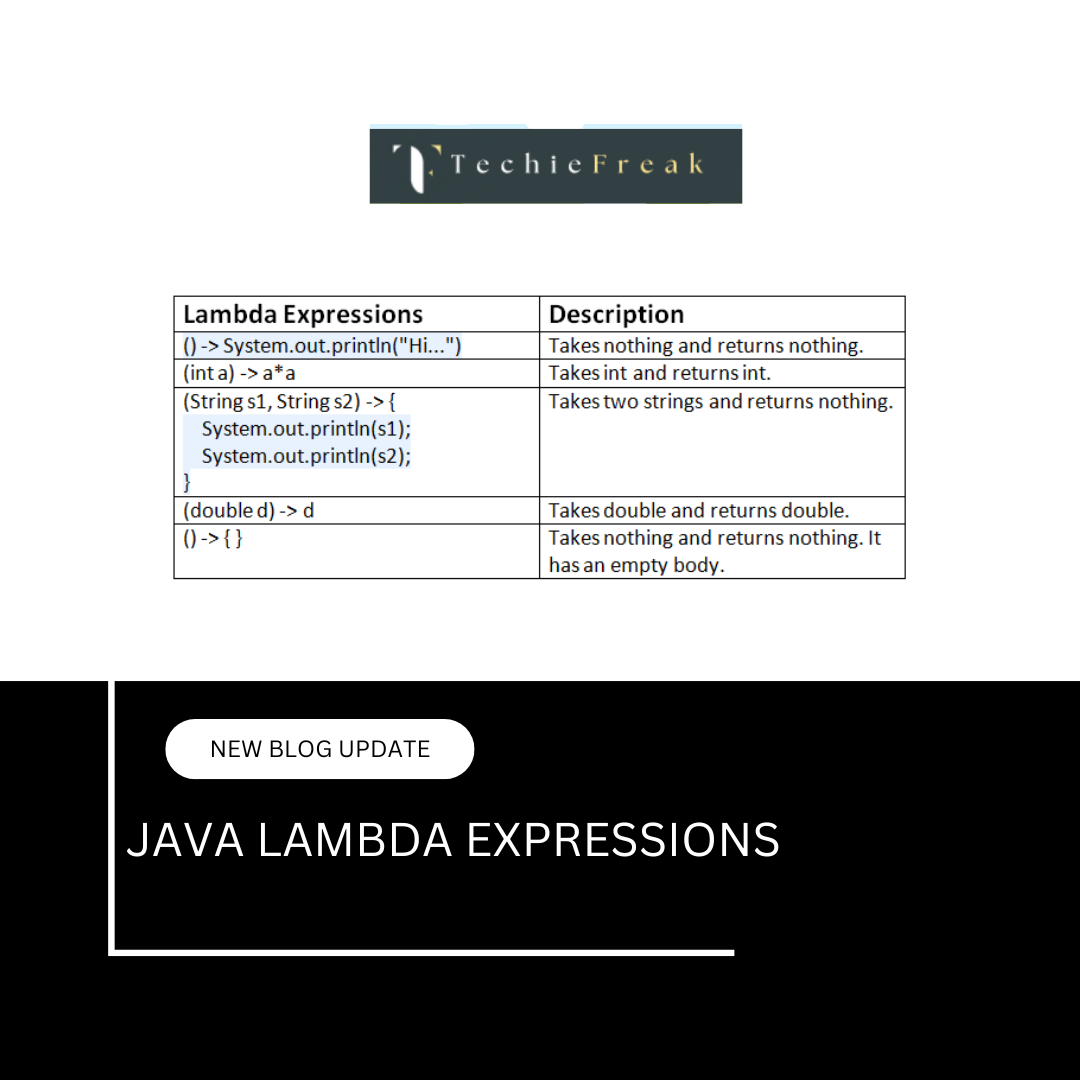
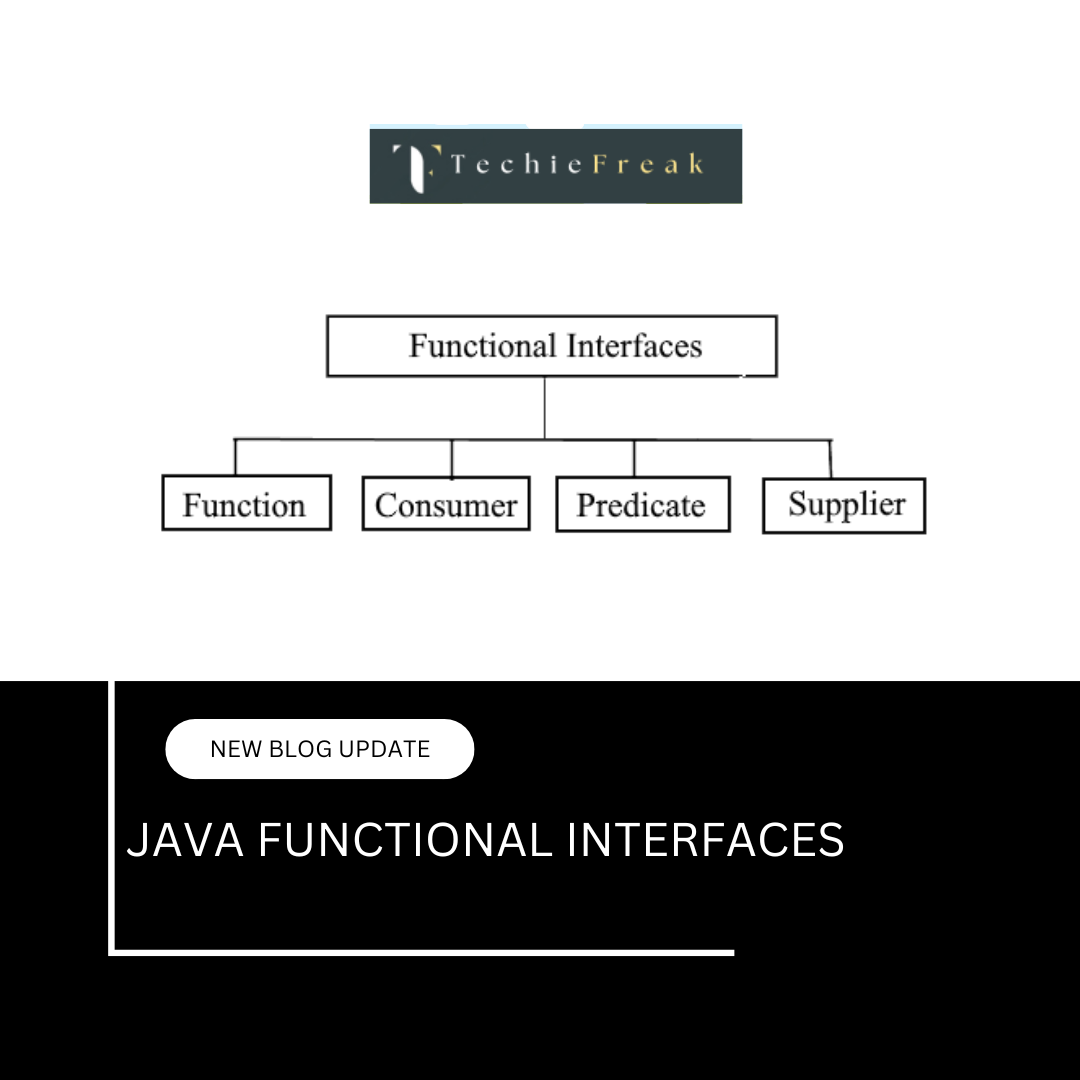
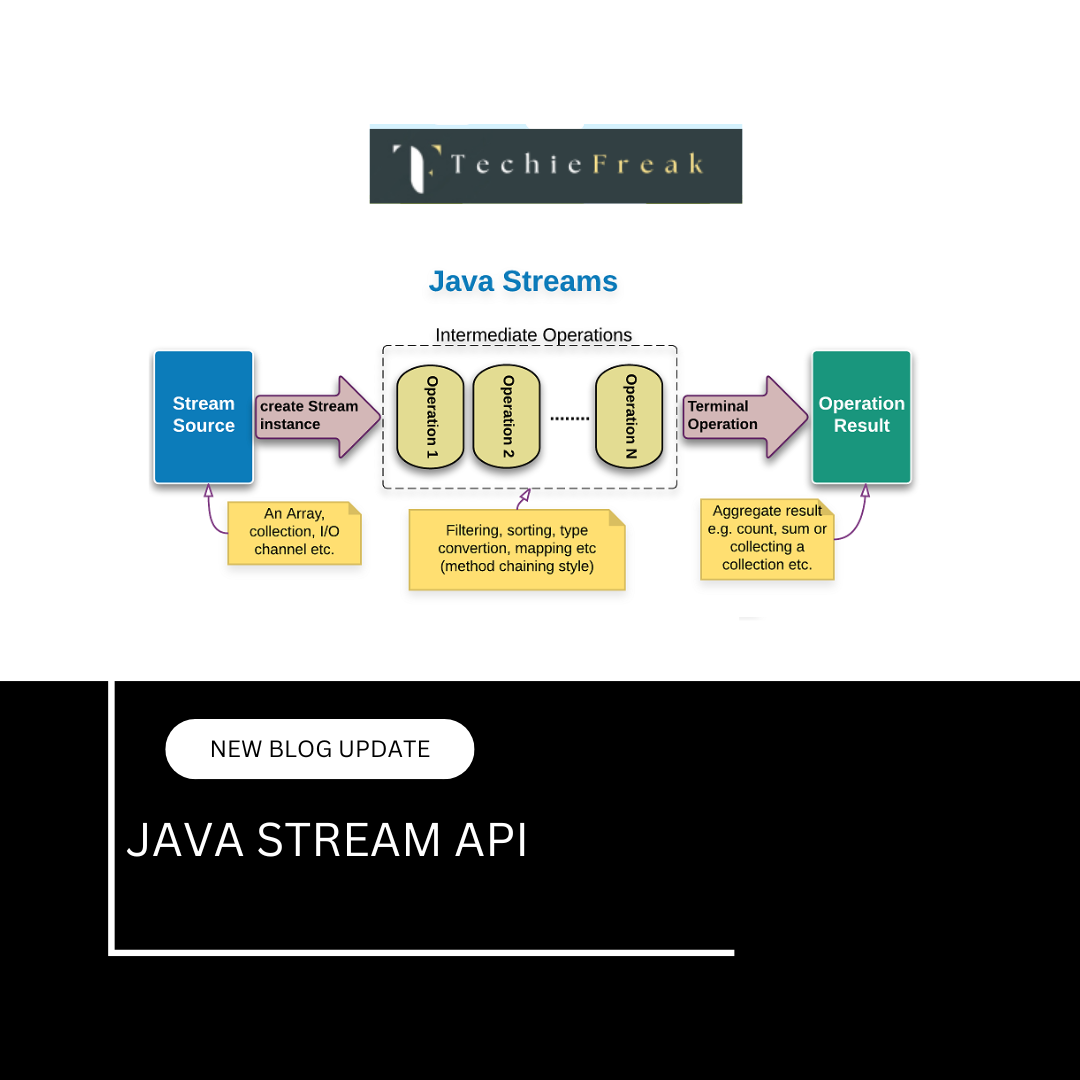
.png)
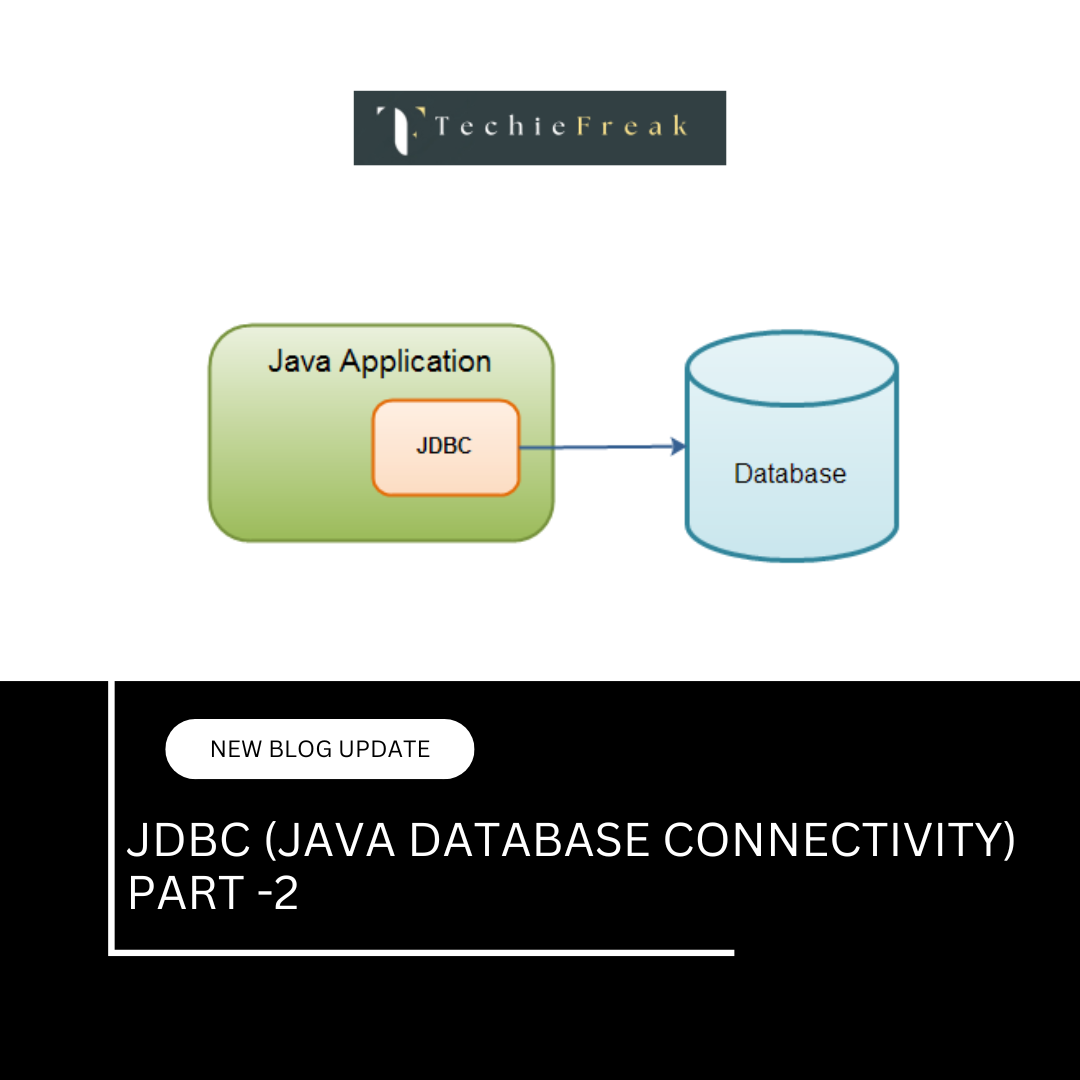
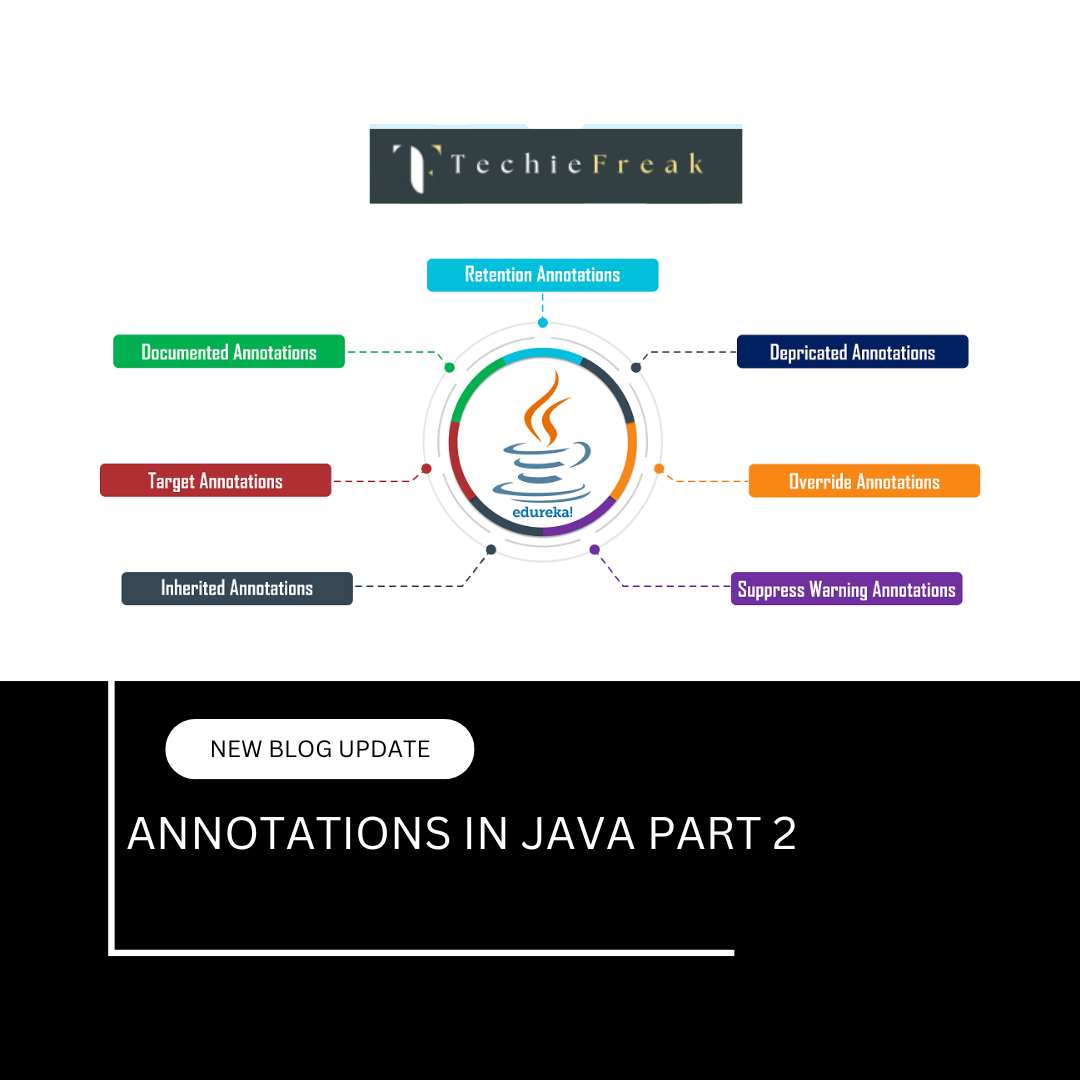
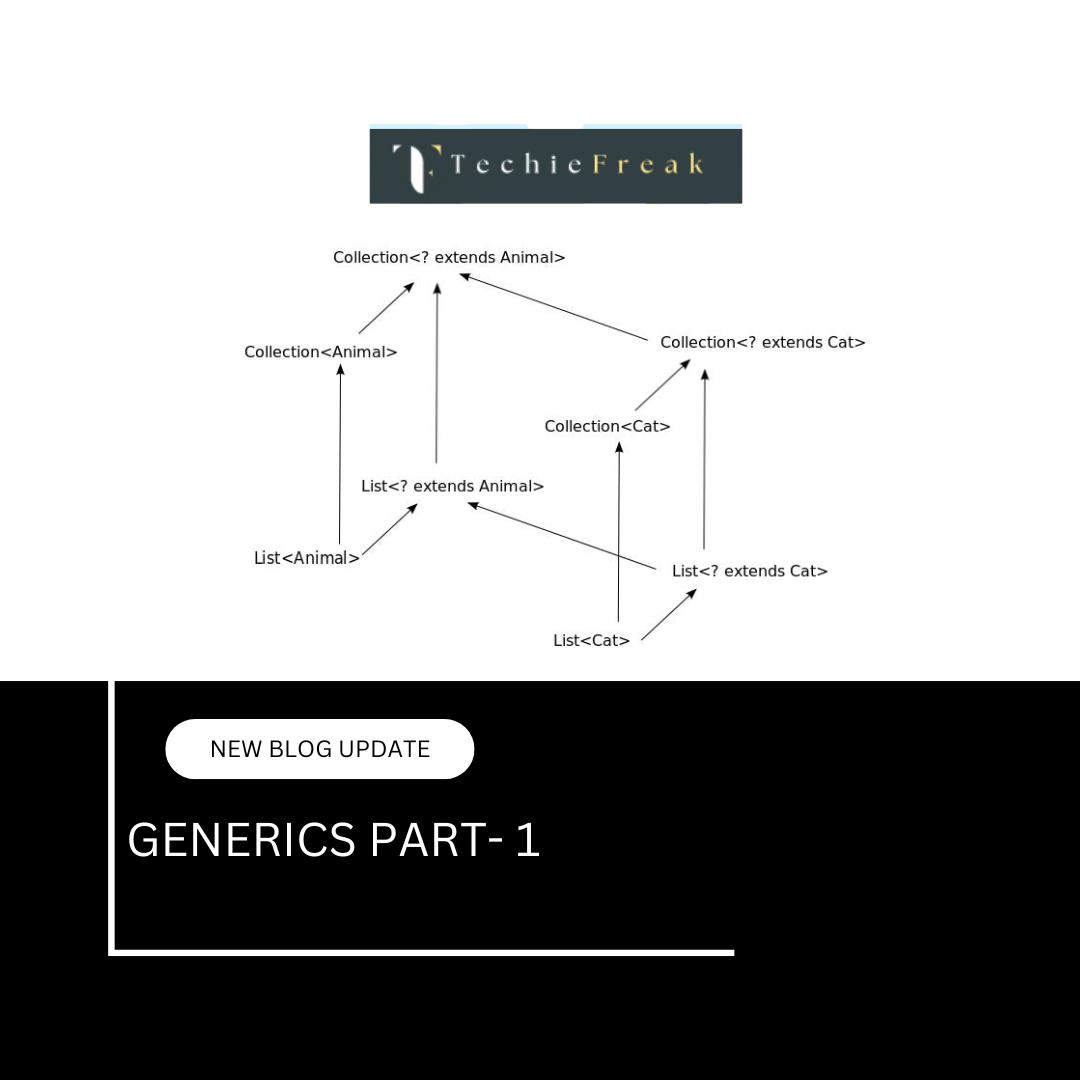
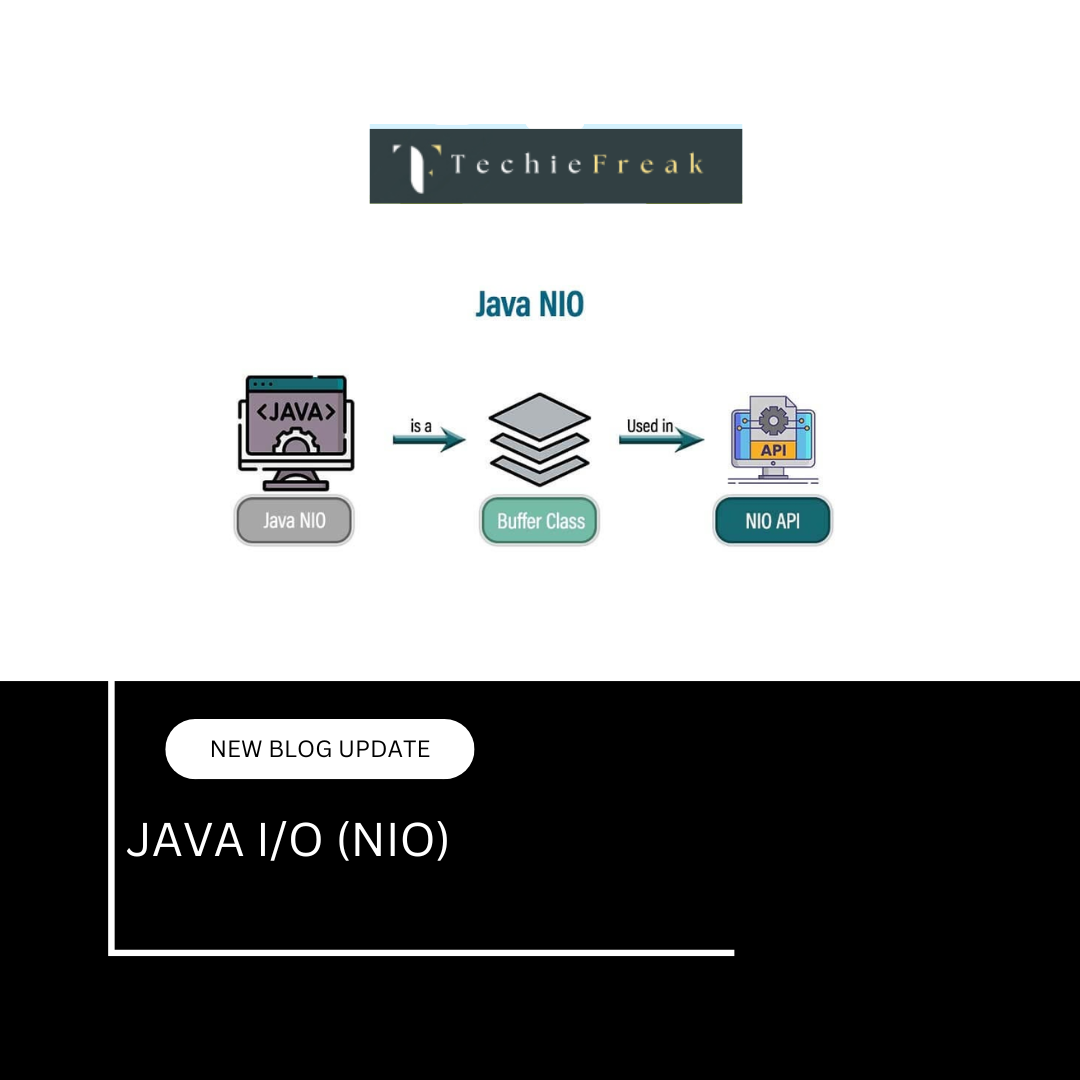
.png)
 (1).png)
 (2).png)
 (3).png)
 (4).png)
 (5).png)
 (6).png)
 (9).png)
 (7).png)
 (10).png)
 (8).png)
 (10).png)
 (12).png)
 (13).png)
 (13).png)
 (15).png)
 (16).png)
 (19).png)
 (20).png)
 (21).png)
 (22).png)
 (23).png)
 (24).png)
 (25).png)
 (26).png)
 (27).png)
 (28).png)
 (29).png)
 (30).png)

 (31).png)
 (32).png)
 (33).png)
 (34).png)
 (35).png)
 (36).png)
 (37).png)
 (38).png)
 (39).png)
